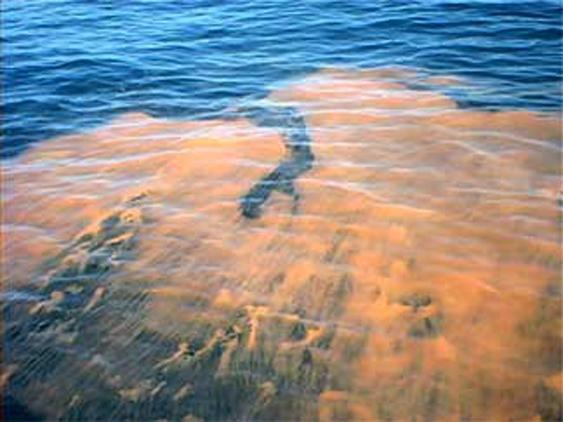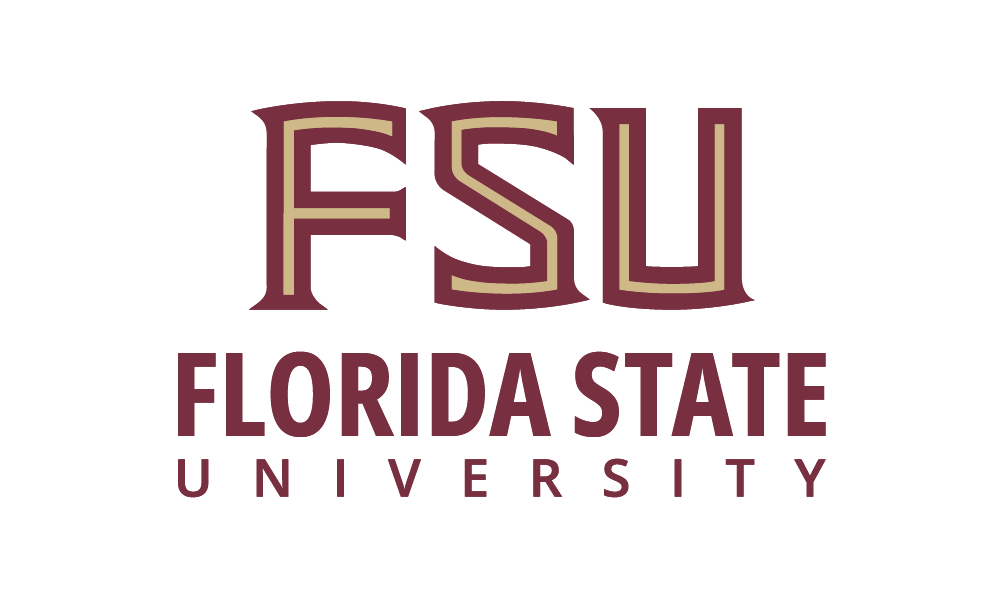 The Gulf of Mexico Coastal Ocean Observing System (GCOOS) and NOAA's National Centers for Coastal Ocean Science (NCCOS) are funding two new studies designed to uncover the full costs of harmful algal blooms (HABs) across numerous sectors - from tourism and seafood to industries where impacts are less visible, such as healthcare and construction. As a state that relies heavily on these sectors, Florida is especially vulnerable to the socioeconomic damages of toxic blooms. This was apparent during the prolonged red tide that began in 2017 and lasted through early 2019, causing the state's governor to declare a state of emergency.
The Gulf of Mexico Coastal Ocean Observing System (GCOOS) and NOAA's National Centers for Coastal Ocean Science (NCCOS) are funding two new studies designed to uncover the full costs of harmful algal blooms (HABs) across numerous sectors - from tourism and seafood to industries where impacts are less visible, such as healthcare and construction. As a state that relies heavily on these sectors, Florida is especially vulnerable to the socioeconomic damages of toxic blooms. This was apparent during the prolonged red tide that began in 2017 and lasted through early 2019, causing the state's governor to declare a state of emergency.
The funded studies will evaluate the sociological and economic impacts of Florida's 2017-2019 red tide event and develop a framework to inform future assessments of other HAB events with the goal of mitigating economic impacts on communities.
"From Bloom to Bust: Estimating Economic Losses and Impacts of Florida Red Tide (Karenia brevis)" will be conducted by Drs. Sergio Alvarez from the University of Central Florida and Dr. Heather O'Leary from the University of South Florida. This two-year project will examine the economic impacts of K. brevis events across 80 different sectors, based on varied bloom occurrence and intensity. Understanding the true costs of HABs is key to developing effective response and adaptation strategies that meet the needs of impacted communities in Florida and around the country.
"Assessment of the short- and long-term socioeconomic impacts of Florida's 2017-2019 Red Tide event" will be conducted by Drs. Christa Court, Xiang Bi, Jin Won Kim, Angie Lindsey, Stephen Morgan, Andrew Ropicki and Ricky Telg from the University of Florida and David Yoskowitz from the Harte Research Institute, Texas A&M University Corpus Christi. This two-year project will comprehensively quantify and qualify the short- and long-term socioeconomic impacts of the 2017-2019 Karenia brevis event in Florida and develop a transferable framework to help inform national-scale efforts focused on quantifying as well as measuring community vulnerability and resiliency.











